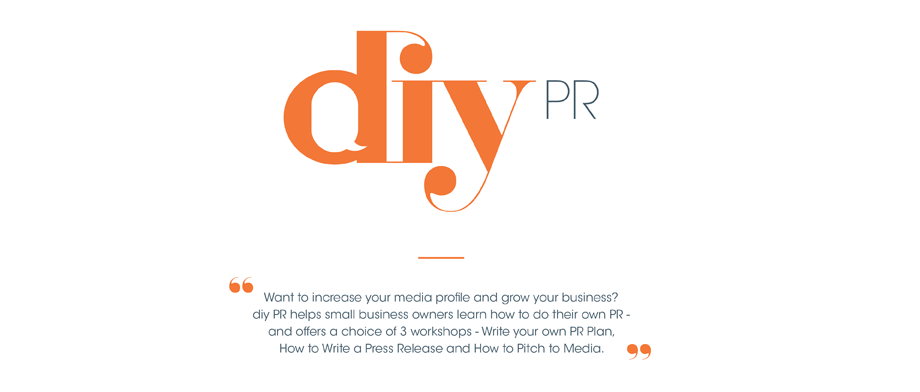What some brands have done for Hallowe’en
Hallowe’en just keeps on getting bigger and this article
from PR Week shows what kind of interesting stuff brands have done around it. I love
the Airbnb promotion where you can win a ‘sleep beside a million skeletons in
the Paris catacombs’ – beat that! I also
like the more sedate but also very relevant initiative from Volvo who designed
a spray paint for trick or treaters which shows up in car headlights. It’s non-toxic and washes off. On the other hand, Burger King has produced a
black burger……!!
007 Brands & Spectre
The brand partnerships in “Spectre” seem to be all about
quality not quantity. Apparently “Die
another Day” had 21 sponsors but by the time it got to Daniel Craig’s debut in “Casino
Royale”, it was down to 7. This timely
article in the Irish Times helpfully tells us how much it would cost us to buy
some of the products placed in “Spectre” – the Omega watch (which for the first
time is being issued as a limited edition) will set you back $6,000. And if you fancy either of the two cars, the
Aston Martin DB10 is worth about $500,000 – but isn’t available to the public –
while the Jag will set you back a cool $1.2m!
Piggy Sue
I just love, love, love this ad – and it’s a really
excellent one as well. Often if we like
ads, it can be difficult to remember what product it is advertising? But you can’t miss that this story about an adorable
lost little piglet is being used to promote 4G from Vodafone as the guy drives
over and back through the Sally Gap using his phone, uploading photos online
etc. I’m not sure if this is a
co-production by some Vodafone ad agencies as Vodafone in New Zealand came out
with this storyline in an ad in May of this year? But it doesn’t matter, it’s a heart-warming
ad that I just can’t get enough of!


